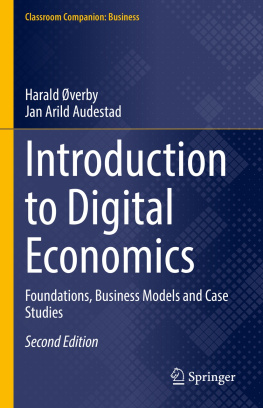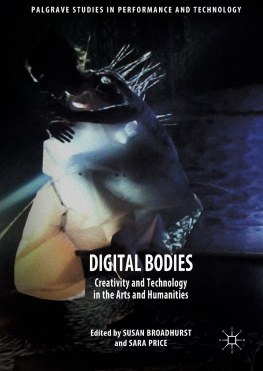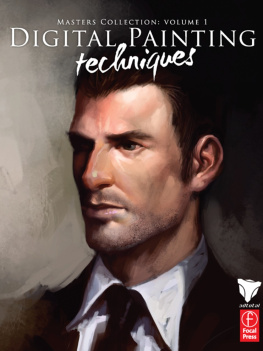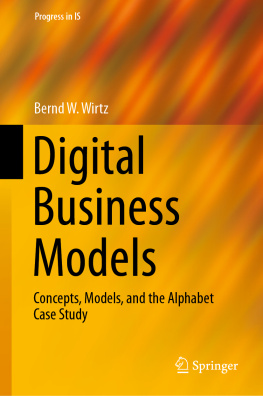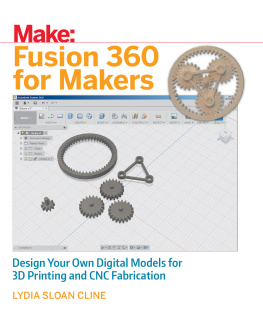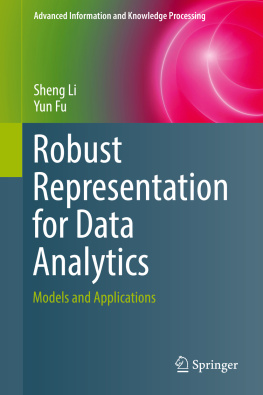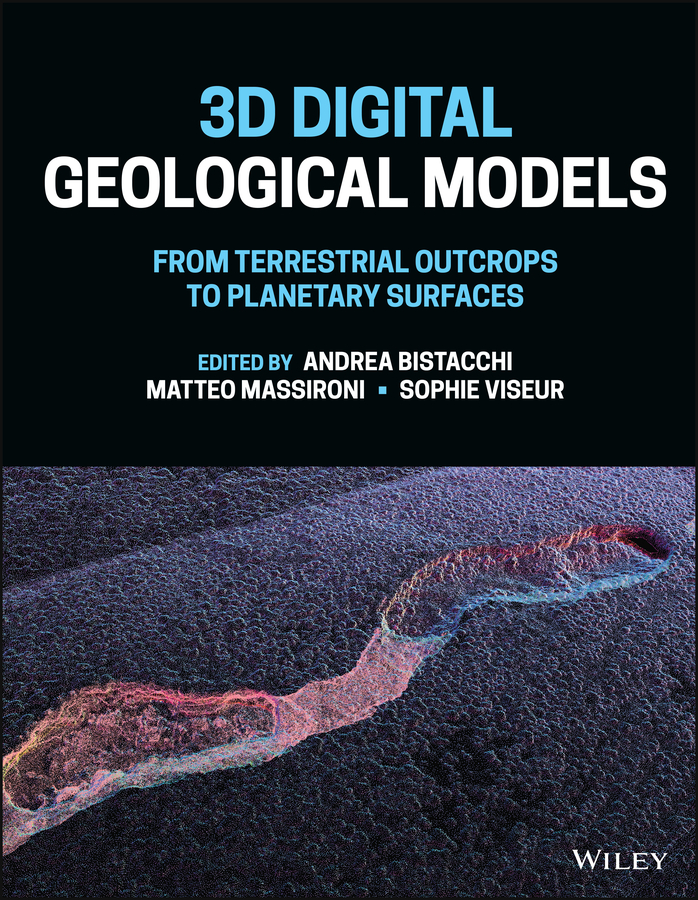Andrea Bistacchi (editor) - 3D Digital Geological Models: From Terrestrial Out crops to Planetary Surfaces
Here you can read online Andrea Bistacchi (editor) - 3D Digital Geological Models: From Terrestrial Out crops to Planetary Surfaces full text of the book (entire story) in english for free. Download pdf and epub, get meaning, cover and reviews about this ebook. year: 2022, publisher: Wiley, genre: Home and family. Description of the work, (preface) as well as reviews are available. Best literature library LitArk.com created for fans of good reading and offers a wide selection of genres:
Romance novel
Science fiction
Adventure
Detective
Science
History
Home and family
Prose
Art
Politics
Computer
Non-fiction
Religion
Business
Children
Humor
Choose a favorite category and find really read worthwhile books. Enjoy immersion in the world of imagination, feel the emotions of the characters or learn something new for yourself, make an fascinating discovery.

- Book:3D Digital Geological Models: From Terrestrial Out crops to Planetary Surfaces
- Author:
- Publisher:Wiley
- Genre:
- Year:2022
- Rating:5 / 5
- Favourites:Add to favourites
- Your mark:
3D Digital Geological Models: From Terrestrial Out crops to Planetary Surfaces: summary, description and annotation
We offer to read an annotation, description, summary or preface (depends on what the author of the book "3D Digital Geological Models: From Terrestrial Out crops to Planetary Surfaces" wrote himself). If you haven't found the necessary information about the book — write in the comments, we will try to find it.
Discover the practical aspects of modeling techniques and their applicability on both terrestrial and extraterrestrial structures
A wide overlap exists in the methodologies used by geoscientists working on the Earth and those focused on other planetary bodies in the Solar System. Over the course of a series of sessions at the General Assemblies of the European Geosciences Union in Vienna, the intersection found in 3D characterization and modeling of geological and geomorphological structures for all terrestrial bodies in our solar system revealed that there are similar datasets and common techniques for the study of all planetsEarth and beyondfrom a geological point-of-view. By looking at Digital Outcrop Models (DOMs), Digital Elevation Models (DEMs), or Shape Models (SM), researchers may achieve digital representations of outcrops, topographic surfaces, or entire small bodies of the Solar System, like asteroids or comet nuclei.
3D Digital Geological Models: From Terrestrial Outcrops to Planetary Surfaces has two central objectives, to highlight the similarities that geological disciplines have in common when applied to entities in the Solar System, and to encourage interdisciplinary communication and collaboration between different scientific communities. The book particularly focuses on analytical techniques on DOMs, DEMs and SMs that allow for quantitative characterization of outcrops and geomorphological features. It also highlights innovative 3D interpretation and modeling strategies that allow scientists to gain new and more advanced quantitative results on terrestrial and extraterrestrial structures.
3D Digital Geological Models: From Terrestrial Outcrops to Planetary Surfaces readers will also find:
- The first volume dedicated to this subject matter that successfully integrates methodology and applications
- A series of methodological chapters that provide instruction on best practices involving DOMs, DEMs, and SMs
- A wide range of case studies, including small- to large-scale projects on Earth, Mars, the 67P/Churyumov-Gerasimenko comet, and the Moon
- Examples of how data collected at surface can help reconstruct 3D subsurface models
3D Digital Geological Models: From Terrestrial Outcrops to Planetary Surfaces is a useful reference for academic researchers in earth science, structural geology, geophysics, petroleum geology, remote sensing, geostatistics, and planetary scientists, and graduate students studying in these fields. It will also be of interest for professionals from industry, particularly those in the mining and hydrocarbon fields.
Andrea Bistacchi (editor): author's other books
Who wrote 3D Digital Geological Models: From Terrestrial Out crops to Planetary Surfaces? Find out the surname, the name of the author of the book and a list of all author's works by series.

